Latest Posts
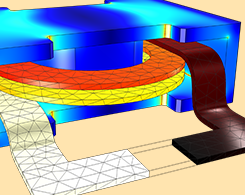
Which Study Type Should I Use for My Electrothermal Analysis?
What’s the best interface to use when implementing electrothermal analyses in COMSOL Multiphysics? We go over the interfaces, study types, and multiphysics couplings for high and low frequencies.
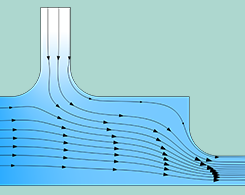
How to Simulate Control Systems Using the PID Controller Add-In
A PID controller can be used in a variety of industries. This blog post demonstrates how a PID controller add-in can be easily incorporated in two simulation examples.
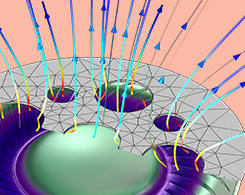
Optimizing Microspeaker Designs Using Simulation
From watches to laptops, microspeakers are found in devices we use everyday. In this blog post, learn how simulation can help optimize microspeakers and improve sound quality.
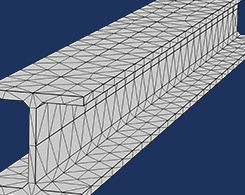
How to Customize Your Model Builder Workflow Using Add-Ins
By creating and using add-ins, as well as building your own add-in libraries or using the built-in library in COMSOL Multiphysics®, you can customize and streamline your Model Builder workflow.

What Is the Curl Element (and Why Is It Used)?
When solving some electromagnetics problems, the curl element (also called the edge element or vector element) can be used in the finite element method.
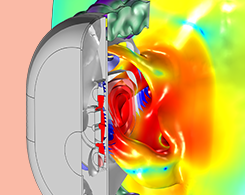
Analyzing the Sound Pressure Level of Headphones on Ears
Designing headphones presents a unique challenge: Unlike with loudspeakers, you can’t measure the sensitivity using a free-field setup due to the speaker’s closeness to the ear.
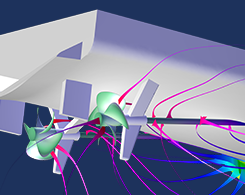
How to Simulate Impressed Current Cathodic Protection
2 common methods for protecting metal structures against galvanic corrosion are sacrificial anode cathodic protection (SACP) and impressed current cathodic protection (ICCP).

Modeling of NDT Methods Using COMSOL Multiphysics®
Active thermography, active ultrasonic, guided waves, acoustic emissions, and eddy current testing: 5 examples of how nondestructive testing (NDT) methods can benefit from multiphysics modeling.

Using Web Browser Translation Tools for COMSOL Documentation
COMSOL documentation includes a lot of helpful information. Most web browsers include an automatic translation tool that enables you to read the documentation in the language of your choice.
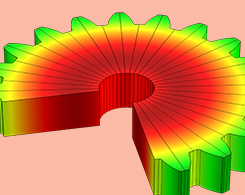
Introducing the Metal Processing Module
The Metal Processing Module includes 2 interfaces for analyzing diffusive and displacive metallurgical phase transformations: Metal Phase Transformation and Austenite Decomposition.
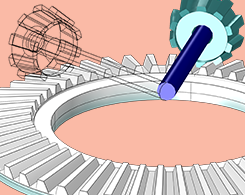
How to Automate the Setup of Your Multibody System Models
The Automated Model Setup functionality includes 2 features that will speed up your modeling process for multibody systems: Create Rigid Domains and Create Gears.
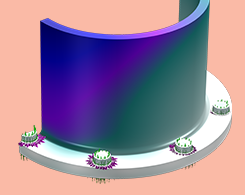
How to Use the Load Plots in Structural Analyses
You can use the load plots available in the COMSOL® software to get the best possible visualization of the loads acting on your structural mechanics models in various situations.
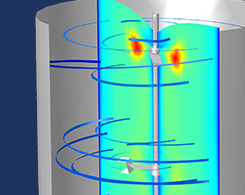
Efficiently Distribute Lightweight Compiled Applications
Have you ever tried to send an email but the attachment was too large? COMSOL Compiler™ has an option that reduces the file size of standalone applications for more efficient distribution.
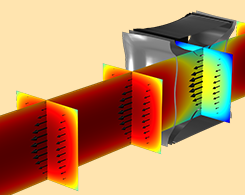
Three Semiconductor Device Models Using the Density-Gradient Theory
You can use the density-gradient theory to model semiconductor devices. Here are 3 examples: a Si inversion layer, Si nanowire MOSFET, and InSb p-channel FET.

Photos from the COMSOL Conference 2019 Beijing
This past fall, nearly 500 members of the COMSOL community attended the COMSOL Conference 2019 Beijing to partake in keynote speeches, user presentations, minicourses, and more.
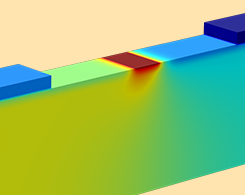
Intro to Density-Gradient Theory for Semiconductor Device Simulation
The density-gradient theory is a computationally efficient way to include quantum confinement in the conventional drift-diffusion formulation commonly used for simulating semiconductor devices.
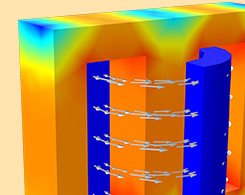
How the B-H Curve Affects a Magnetic Analysis (and How to Improve It)
Magnetic soft iron steels are widely used as core materials in motors, transformers, and inductors. The B-H curve is used to describe the magnetization properties of such materials.

Evaluating Stress and Thermal Expansion in a Portal Crane
As extreme heat waves increase in frequency, it is important to consider thermal expansion when designing bridges. With COMSOL Multiphysics®, you can.

Happy Birthday, Andrew Fielding Huxley
As a child, Andrew Fielding Huxley was given a lathe as a gift. This sparked an interest in science and invention that blossomed into a career in research and physiology.
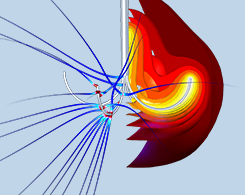
Heat Transfer in Biological Tissue with Thermal Damage Analysis
Hepatic tumor ablation using radiofrequency heating, microwave coagulation therapy, and other cancer treatments can be studied by modeling the electromagnetic heating of biological tissues.
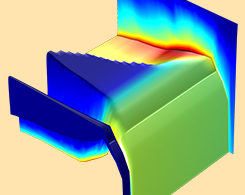
Simulating Radiation Effects in Semiconductor Devices
Analyzing radiation effects in semiconductor devices is an important capability for consumer electronics, medical imaging, nuclear engineering, aerospace, and a wide range of other industries.
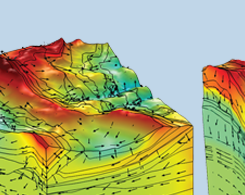
Integration of Geological Structures into Regional-Scale Groundwater Models
To study the dynamics of hydraulic processes at different scales, geotechnical researchers need to be able to integrate complex geological structures into their hydrogeological models.

How to Use the Platonic Solids as Geometry Parts in COMSOL®
The Platonic solids, named after Plato, are regular, convex polyhedra that consist of the tetrahedron, cube, octahedron, dodecahedron, and icosahedron.
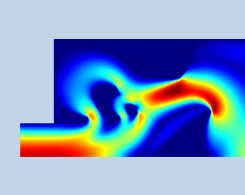
Performing a Shape and Topology Optimization of a Tesla Microvalve
1 Tesla microvalve model, 2 ways: The shape optimization features available in COMSOL Multiphysics enable you to improve simple designs inspired by more complex topology optimization results.
